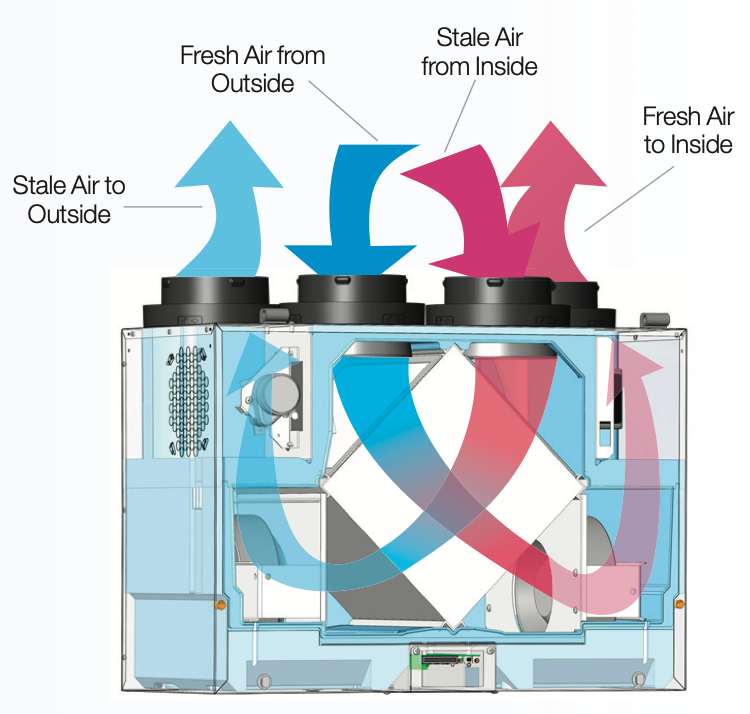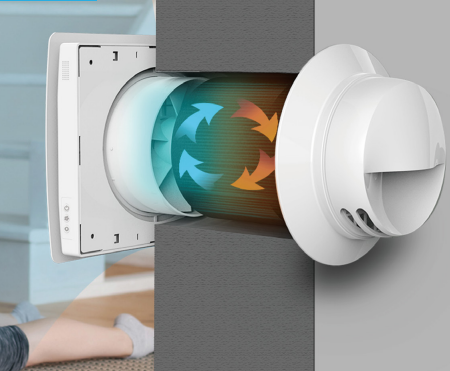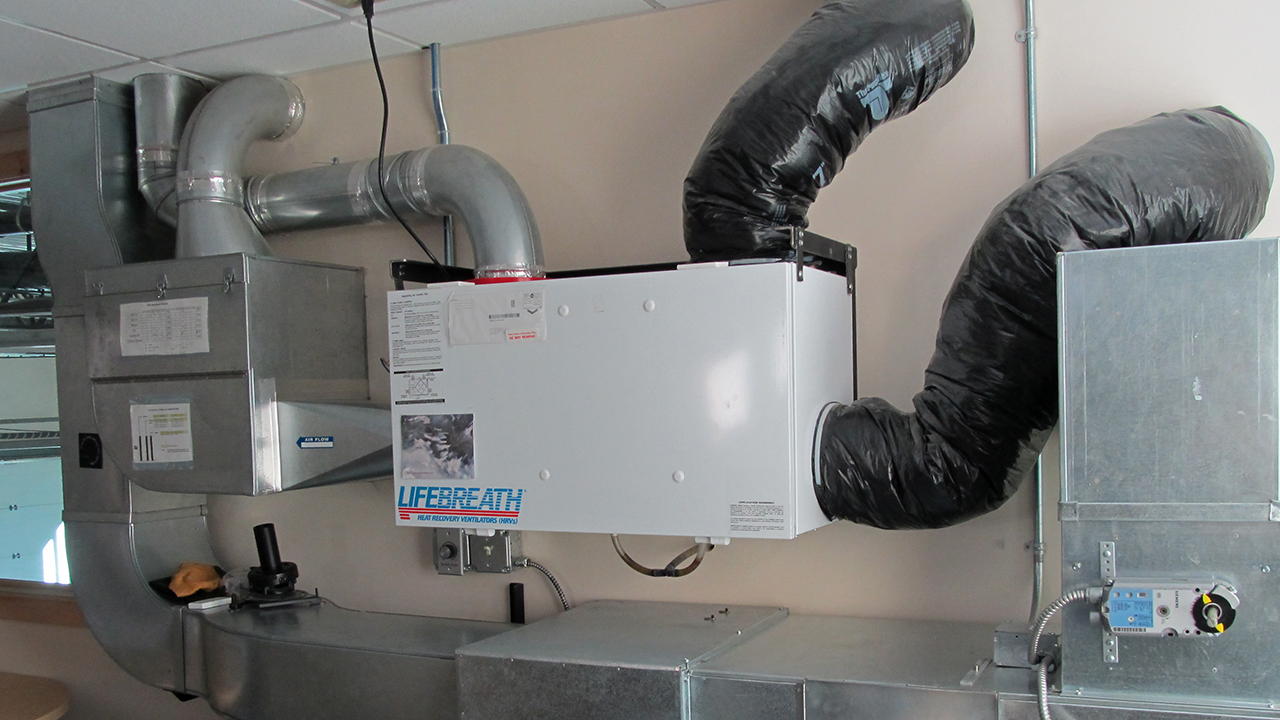Exploring the Advantages of Heat Recovery Ventilation for Power Efficiency in Residences
Heat Recovery Ventilation (HRV) systems supply home owners a functional strategy to improving energy performance. By redeeming warm from outward bound air, these systems can significantly decrease cooling and heating expenses. Furthermore, they give a consistent supply of fresh air, boosting interior air high quality and comfort levels. As home owners take into consideration lasting options, recognizing the nuances of HRV systems becomes significantly vital. What factors should one assess before making such a financial investment?
Understanding Heat Recovery Ventilation Systems

Exactly How HRV Boosts Indoor Air Top Quality

Energy Savings: The Financial Benefits of HRV
Optimizing energy efficiency, heat recovery ventilation (HRV) systems provide considerable financial benefits for homeowners. By recuperating and reusing warmth from exhaust air, HRVs noticeably lower cooling and heating prices. This modern technology can result in energy savings of as link much as 30%, depending upon climate and use patterns. Property owners commonly see minimized utility expenses shortly after installment, making HRVs an economically sensible investment over time. Additionally, several areas give motivations or refunds for energy-efficient upgrades, further enhancing the economic charm. As energy costs continue to rise, the cost-effectiveness of HRVs comes to be progressively clear. Overall, the consolidation of HRV systems not only promotes power effectiveness however also adds to long-term economic savings for homes.
The Ecological Effect of Heat Recovery Ventilation
A substantial ecological advantage of heat recovery ventilation (HRV) systems depends on their ability to minimize overall power usage. By redeeming warmth from exhaust air and moving it to inbound fresh air, HRV systems minimize the need for energy-intensive heating and cooling down approaches. This decrease in power need adds to reduce greenhouse gas discharges, as much less fossil fuel is needed to maintain comfy indoor temperature levels. In addition, HRV systems boost indoor air top quality by effectively exchanging stale air with fresh outdoor air, minimizing dependence on mechanical air conditioning systems that can hurt the environment. In general, the application of HRV systems sustains lasting living techniques and straightens with international initiatives to fight environment modification by promoting energy performance in property settings.
Selecting the Right HRV System for Your Home
Exactly how can home owners assure they pick the appropriate heat recovery ventilation (HRV) system for their demands? They need to examine their home's dimension and design, as these factors affect air movement demands. Next, assessing the system's efficiency ratings is vital, as higher ratings suggest much better performance and energy financial savings. Home owners need to likewise think about installation and maintenance prices, contrasting different brand names and designs for value. Additionally, it is necessary to examine noise degrees, as some systems operate even more silently than others. Consulting with HVAC specialists can supply tailored recommendations based upon particular home problems. Examining individual evaluations and guarantees can aid in making an educated choice, making certain that the chosen HRV system successfully improves indoor air top quality and energy efficiency.
Regularly Asked Questions

Exactly how Usually Should I Clean or Keep My HRV System?
The regularity of cleaning or keeping a heat recuperation ventilation (HRV) system typically depends upon usage and environmental aspects. Generally, it is a good idea to perform upkeep every six months to ensure peak efficiency and air high quality.

Can HRV Equipments Assist Lower Humidity Degrees Inside?
HRV systems can efficiently decrease interior humidity levels by exchanging stale, damp air with fresh, drier air from outside. HRV Heat Recovery Ventilation. This process aids maintain a balanced indoor setting, boosting comfort and stopping moisture-related problems
What Is the Life-span of a Typical HRV System?
The life-span of a typical heat recovery ventilation (HRV) system differs, usually lasting between 10 check these guys out to Visit This Link 15 years. Routine upkeep can expand its performance and operational life, guaranteeing peak performance throughout its usage duration.
Exist Any Kind Of Sound Interest In HRV Systems?
Noise issues with HRV systems can develop, specifically from follower procedure. Several contemporary units are designed to decrease sound degrees, guaranteeing they operate silently while maintaining efficiency, which resolves possible disruptions in living settings.
Can I Set Up an HRV System Myself, or Do I Required a Professional?
The individual contemplated whether to install the heat recovery ventilation (HRV) system personally or employ a professional. Usually, while do it yourself setup is possible, competence assurances proper functionality and compliance with neighborhood building regulations, enhancing system performance.